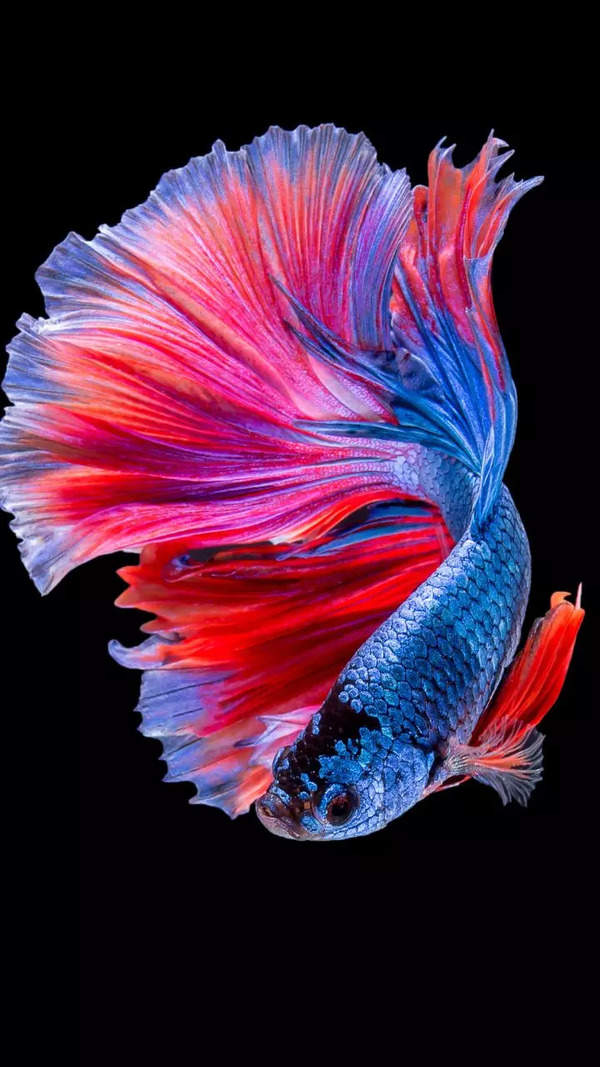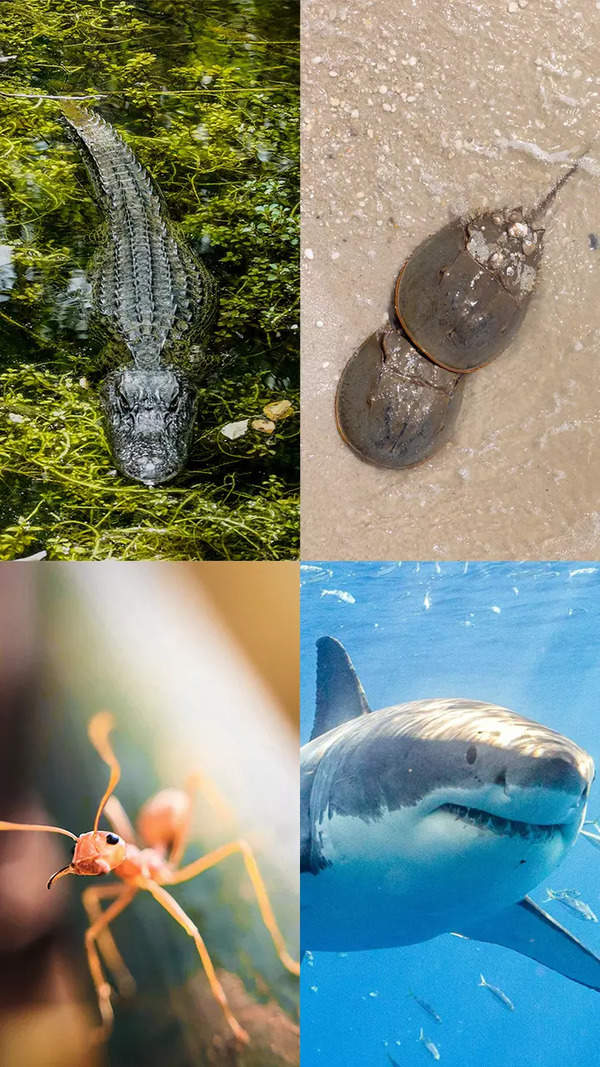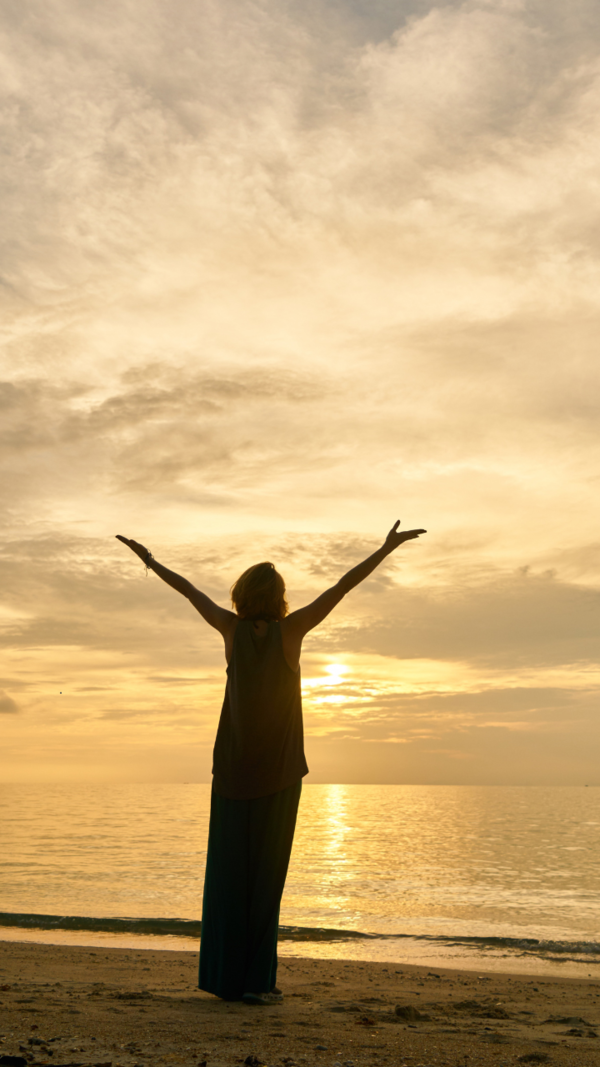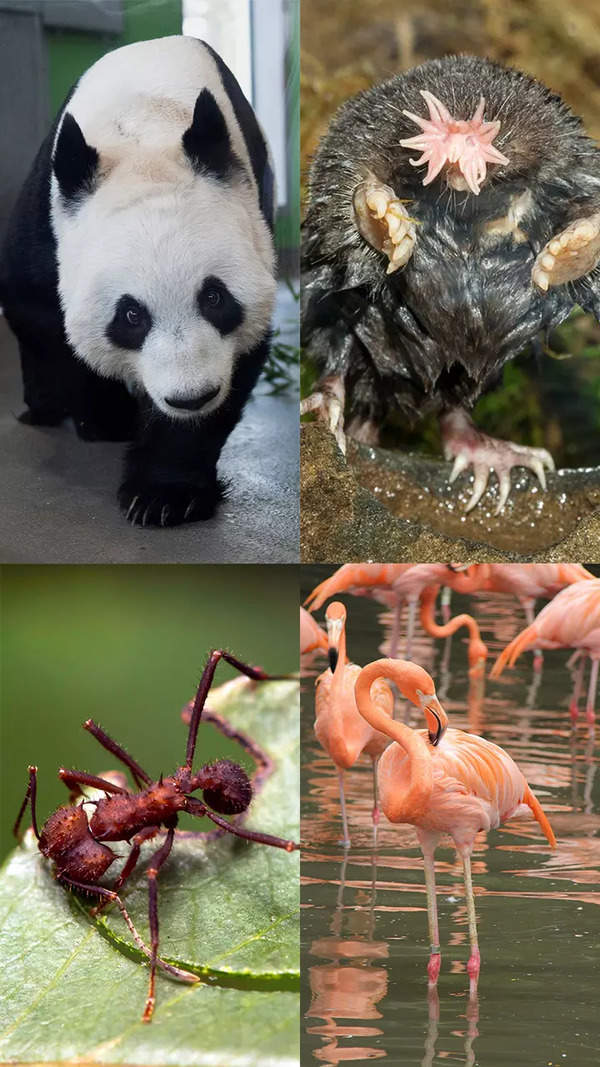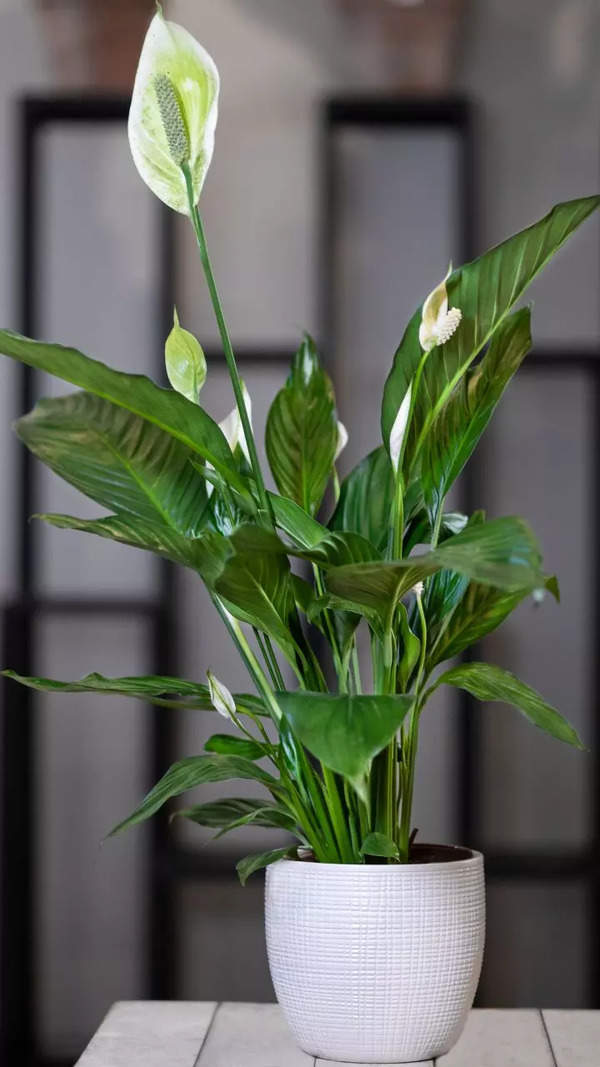- News
- City News
- chandigarh News
- Treated water not for irrigation
Trending
Treated water not for irrigation
NGT committee finds treated effluent from CETPs and STPs unsuitable for Buddha Nullah irrigation due to contamination. Urbanisation near outlets noted. Effluent treatment necessary before considering irrigation use.

Chandigarh: The joint committee, constituted by National Green Tribunal (NGT) to assess the viability of using treated effluent from common effluent treatment plants (CETPs) and sewage treatment plants (STPs) in Buddha Nullah for irrigation, has determined that the treated effluent is unsuitable for the purpose due to high levels of contamination.
The tribunal had formed a joint committee consisting of representatives from ministry of environment, forest, and climate change (MoEF&CC), Central Pollution Control Board (CPCB), Punjab Pollution Control Board (PPCB), and experts appointed by principal secretaries of science, technology and environment and water resources departments of the Punjab govt.The committee was assigned the task of conducting a study to evaluate the aspects of using treated effluent released by CETPs and STPs for irrigation and the feasibility of connecting it to irrigation canals and channels instead of rivers.

Since all the CETPs are releasing treated effluent into Buddha Nullah, which flows into the Satluj river, the PPCB was instructed to collect samples from Buddha Nullah at various locations and have them analysed for quality based on all parameters prescribed for the treatment of sewage/industrial effluents.
During the visit, it was noted that some outlets of untreated domestic wastewater from the city still exist and discharge into Buddha Nullah.
It was also observed that upstream to the 40 MLD CETP outlet into Buddha Nullah, primarily dairy waste is discharged into Buddha Nullah, and bio-remediation of Buddha Nullah can be performed upstream to the 40 MLD CETP outlet to further enhance the water quality of Buddha Nullah. The outlets of all three CETPs and the outlet of the 225 MLD STP of Jamalpur are located in a densely populated area, while the outlets of 3 STPs of Balloke are situated in a semi-urban area undergoing rapid urbanisation.
No agricultural land is available along the banks of Buddha Nullah in these areas.
Based on the analysis reports of effluent samples collected from various critical locations of Buddha Nullah and considering the current situation, the committee concluded that the water of Buddha Nullah does not appear to be suitable for irrigation purposes until the water from all outlets falling into Buddha Nullah is properly treated.
The tribunal had formed a joint committee consisting of representatives from ministry of environment, forest, and climate change (MoEF&CC), Central Pollution Control Board (CPCB), Punjab Pollution Control Board (PPCB), and experts appointed by principal secretaries of science, technology and environment and water resources departments of the Punjab govt.The committee was assigned the task of conducting a study to evaluate the aspects of using treated effluent released by CETPs and STPs for irrigation and the feasibility of connecting it to irrigation canals and channels instead of rivers.

Since all the CETPs are releasing treated effluent into Buddha Nullah, which flows into the Satluj river, the PPCB was instructed to collect samples from Buddha Nullah at various locations and have them analysed for quality based on all parameters prescribed for the treatment of sewage/industrial effluents.
The committee members visited Buddha Nullah from its origin near Koom Kalan village in Ludhiana district up to the end of the municipal limits of Ludhiana to assess the physical condition. The committee highlighted that according to the analysis results of the samples collected from various critical locations of Buddha Nullah, the concentration of various parameters is elevated, and dilution of Buddha Nullah is necessary before using it for irrigation.
During the visit, it was noted that some outlets of untreated domestic wastewater from the city still exist and discharge into Buddha Nullah.
It was also observed that upstream to the 40 MLD CETP outlet into Buddha Nullah, primarily dairy waste is discharged into Buddha Nullah, and bio-remediation of Buddha Nullah can be performed upstream to the 40 MLD CETP outlet to further enhance the water quality of Buddha Nullah. The outlets of all three CETPs and the outlet of the 225 MLD STP of Jamalpur are located in a densely populated area, while the outlets of 3 STPs of Balloke are situated in a semi-urban area undergoing rapid urbanisation.
No agricultural land is available along the banks of Buddha Nullah in these areas.
Based on the analysis reports of effluent samples collected from various critical locations of Buddha Nullah and considering the current situation, the committee concluded that the water of Buddha Nullah does not appear to be suitable for irrigation purposes until the water from all outlets falling into Buddha Nullah is properly treated.
End of Article
FOLLOW US ON SOCIAL MEDIA
